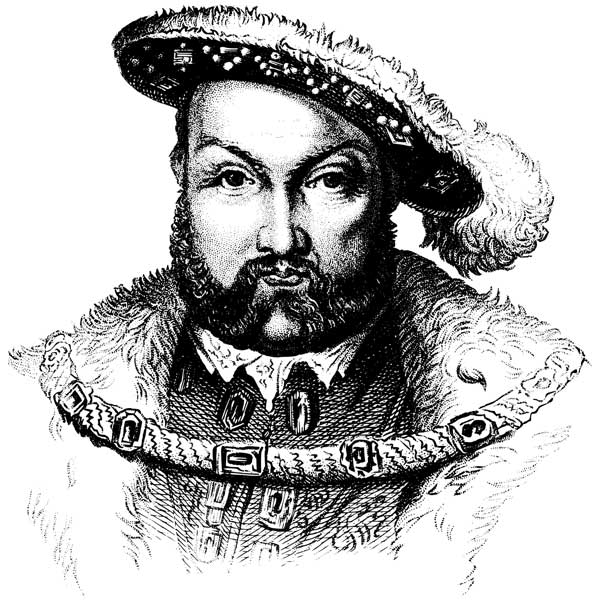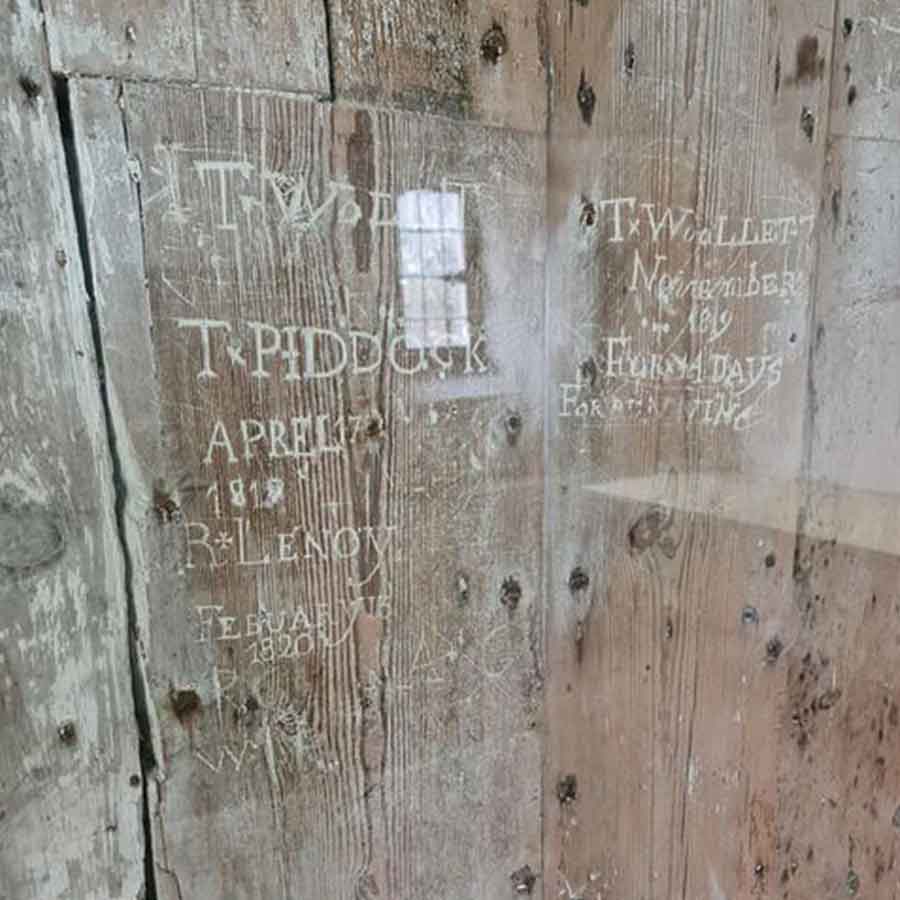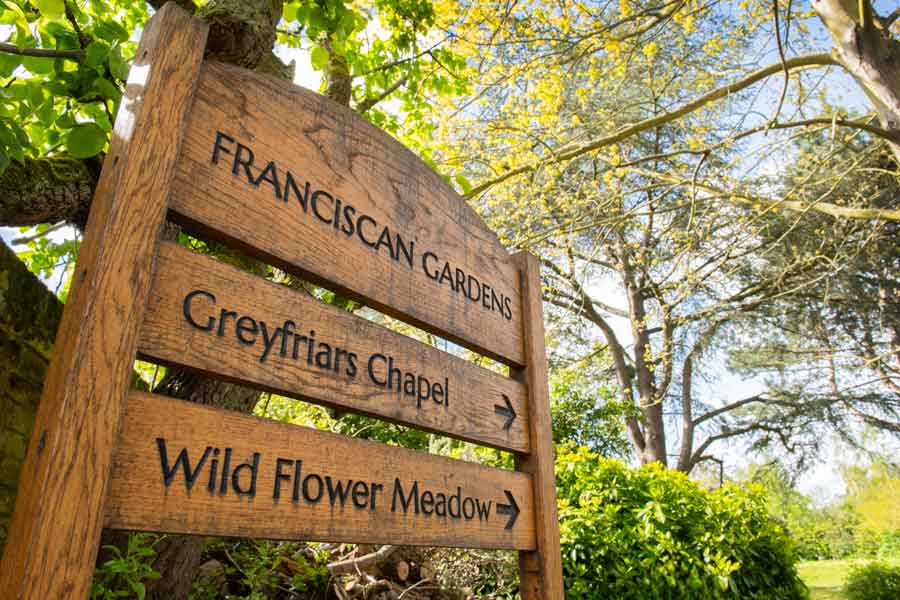The Franciscan movement & Canterbury
The Franciscan movement first arrived in Canterbury in 1224. Committed to assisting the poor and needy within the communities they served, the Franciscan brothers swore vows of poverty, inspired by the example set by St Francis of Assisi. The first to arrive in Canterbury were the Greyfriars, named because of their grey cloth habits.
Vowed to poverty, the Order made a point of living in the the humblest of dwellings. However, by 1250, they recognised the practical need for land and buildings to sustain themselves. Beginning in 1267, the Canterbury house was built in stone. From here, the friary was erected, with the great Church within the friary consecrated by Archbishop Walter Reynolds in 1325.
The changing ownership of Greyfriars Estate
The reformation of religion under Henry VIII changed the course of the Greyfriars site forever. The brothers refused to acknowledge Henry VIII’s divorce from Catherine of Aragon, or accept the Act of Supremacy, giving legal authority to the Church of England.
In 1534, several brothers of the Franciscan Friary were imprisoned, and two were executed for refusing to acknowledge the Church of England as the true religion of England.
In 1538, the Franciscans of the Greyfriars estate were forced to surrender the lands to the Bishop of Dover.

Between 1538 and the late nineteenth century, the Greyfriars estate passed through a succession of private owners who transformed the landscape to suit their needs. Prominent figures lived in the property through the years, including MP William Lovelace and his son Cavalier poet Richard Lovelace.
All that remains of the buildings as they stood in the Lovelace family’s time is a single wall.
The former guesthouse, the only original friary building left standing (though extensively renovated through the centuries) is now known as the Greyfriars Chapel.
It is believed that one room of this building was used as a prison cell in the late eighteenth century for inmates due for transportation.
To this day, the names of inmates and dates of incarceration are carved into the wooden walls of the cell.
In the nineteenth century, the Franciscan Gardens were used as a tea garden, and from 1914 to 1994, as a market garden with public access. The Greyfriars estate and Franciscan Gardens were purchased by the Dean and Chapter of Canterbury Cathedral in the mid-twentieth century.

In 2000, the Franciscan Gardens and Greyfriars Chapel came under the ownership of the Eastbridge Hospital of St Thomas the Martyr, a registered charity and almshouse. Eastbridge currently oversees the maintenance and improvements within the gardens.

Scheduled Monument
The Franciscan Gardens are now a Scheduled Monument, protected by Historic England and retain the potential for significant new discoveries as the site remains largely undeveloped today.
The Franciscan Gardens, and the Greyfriars Chapel, remain an important landmark today and the history of this important site is well documented.
